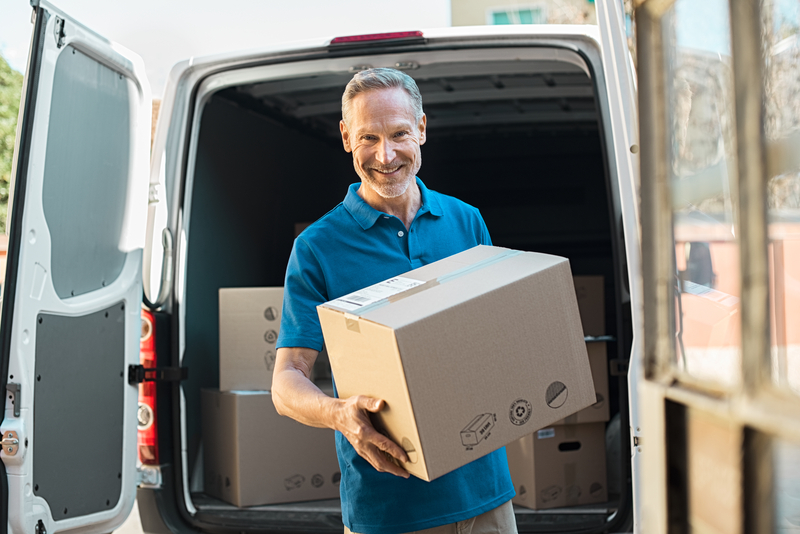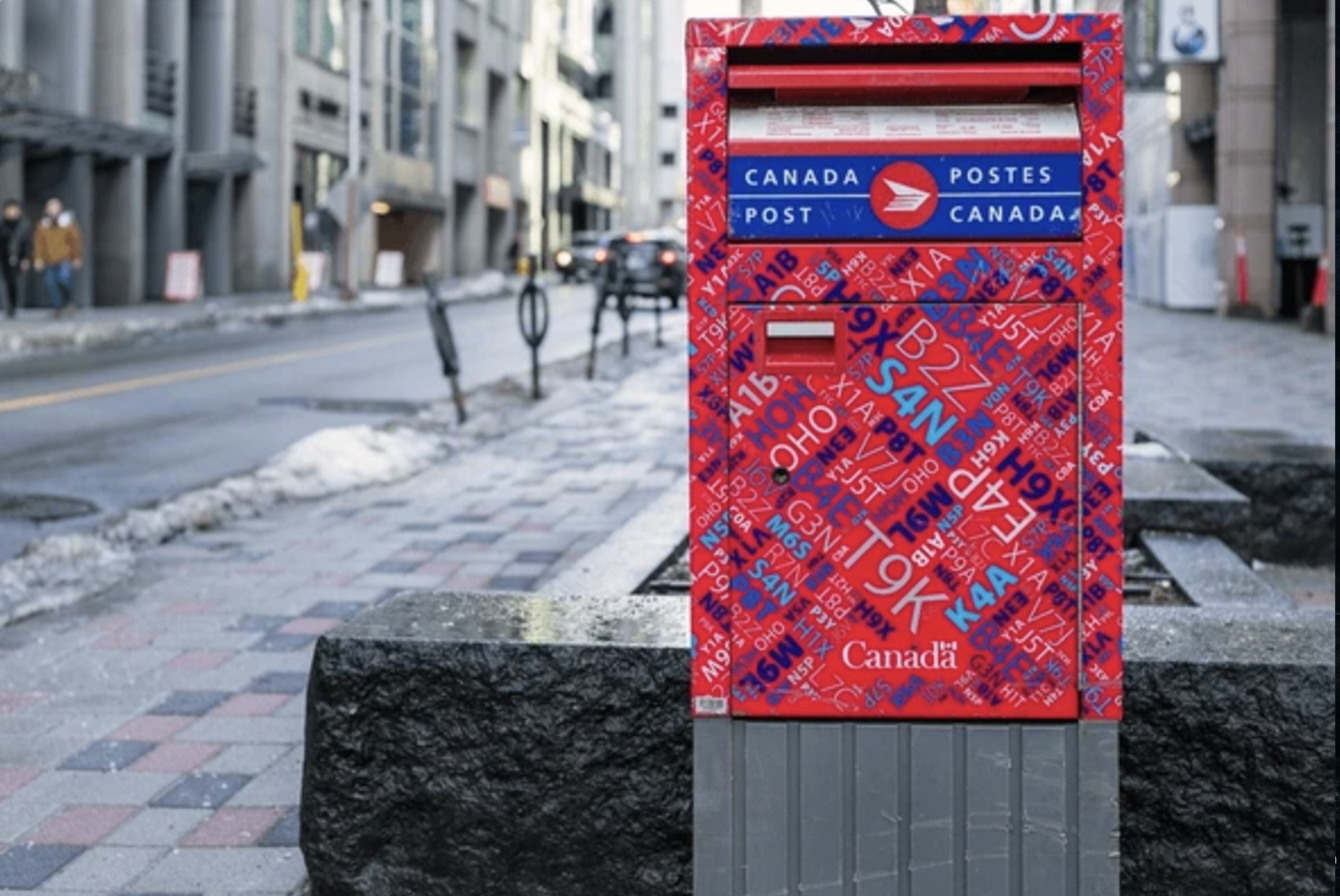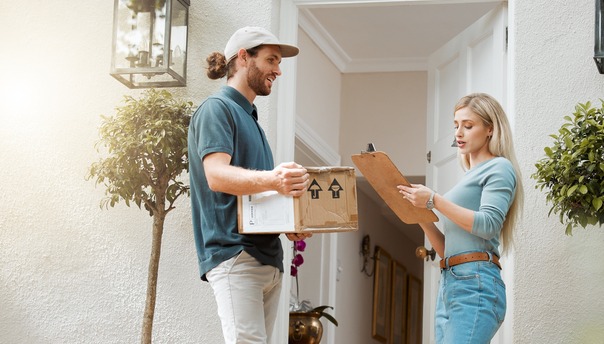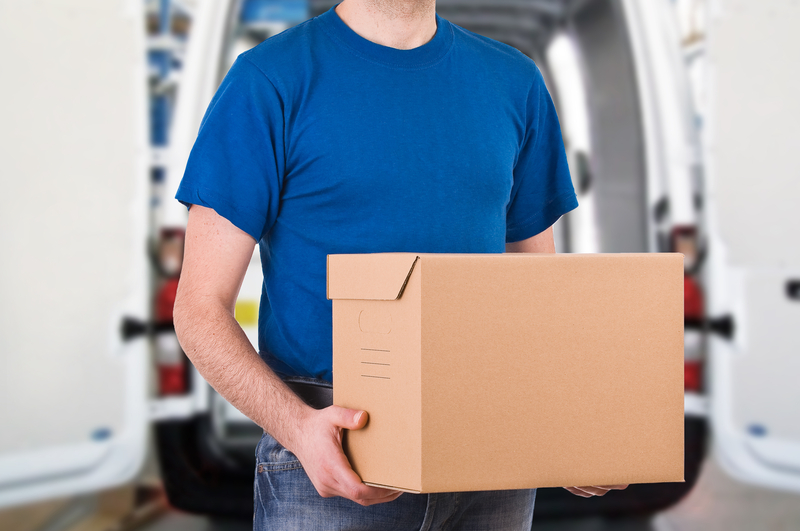The very fabric of retail is a perpetually evolving organism. Trends change and consumer interests are redirected every year. Some trends have staying power while others disappear almost as quickly as they emerged. Keeping an eye on how the consumer market is evolving is a crucial step that any business needs to integrate into their plan. Success comes from having a tracking system within your organization to help you determine where your clientele is making the majority of their purchases.
The Basics
Understanding the draws of each shopping format is crucial to understanding why and where people are shopping. There are boilerplate reasons that people would shop online, such as convenience and time management, just as there are easy tells as to why a consumer would prefer in-person methods, such as retailer assistance and judging a product in-person.
However, communal restraint on in-person shopping was brought on by the COVID-19 pandemic, further fast-tracking the process of the dominance of the online format. As a result, the foothold of online shopping is still present, even as the pandemic simmers down. However, this isn’t strictly the case everywhere, as curbside pick-ups have been staying their course and the recent boom in in-person shopping is continuing to be felt across the county.
However, the question still remains, in what format are the majority of these purchases occurring and why?
The Statistics
A recent report by Shopify has been following consumer trends over the last year and has seen some rather prominent adjustments concerning the consumer market, especially when compared to the years in which the pandemic was at its height.
What is taking shape across the country is a prominent tug-of-war between shopping mediums. As the report states, “54% of consumers say that over the next year they’re likely to look at a product online and buy it in-store.”
This is a major shake-up compared to the last few years, as a majority of consumer trends followed the online shopping and shipping model. However, a sturdy 53% still plan on doing both the browsing and the purchasing in strictly an online format, according to the study.
If we turn our gaze to our neighbours to the south in the United States, a recent study completed by Invesp states that 10% of shopping trends within the next three years will rely on a ‘buy online and pick up in-store’ model in the U.S. — this system is traditionally known as BOPIS.
By looking at what is happening in the U.S. in terms of consumer trends, we can monitor a sure-fire way to see what is already happening here at home, or, what will be occurring in consumer trends in the very near future. If we look at the implementation of BOPIS models, down south there is a huge surge occurring, as Invesp’s report states that roughly 50% of studied consumers are making their shopping decisions based solely on whether or not retailers offer a pickup option. This type of shopping is becoming a mainstay and will likely shape the future of how new retailers want to enter the market.
Shifting our gaze to online shopping, how have things been changing in the continued growth of the market of e-commerce? A 2022 survey by ReviewMoose has been tracking the upward trends in regards to online shopping, and not surprisingly, online shopping is aggressively growing in Canada.
The survey notes that ever since 2020, online shopping trends have been increasing exponentially, with billion-dollar margins expanding in profits with every passing year — with consumers varying from all demographics. This is an aspect that is relatively commonplace in the consumer market, as even pre-pandemic, the nature of consumer shopping trends was shifting towards the online medium.
However, even with all this growth, reports state that the majority of online purchases are made strictly under the umbrella of large-scale corporate entities, such as Amazon — further suffocating local retailers.
The Solution
So in this whirlwind of shopping trends constantly shifting, including the future of BOPIS-focused retail models and the continued trampling of small-scale retailers by online giants, what is to be said for your wallet as both a shopper and a potential retailer?
Well, we have a hybrid model is there for you regardless of what side of the retail spectrum you are on — and this is same-day delivery.
What a same-day delivery model does is allow endless opportunity, whether you are a retailer looking to expand your local business or as a consumer looking to shop local. Same-day delivery allows you to implement strategies that harness all the shifting trends in the consumer market.
If you’re looking to bring us on as a delivery partner, we offer you flat-rate services that remedy the hidden fees incorporated into the essence of online shopping, while also providing a same-day promise that matches that of big box companies such as Amazon. Our services are woven into the very fabric of online trends, so we track inventory and what’s popular in your store while your clientele shops, offering you the freedom to focus on new ways to innovate your product.
As a consumer, our services help you tap into the lifeforce of local engagement. Every company that you shop with that has us as a delivery partner will deliver you only the finest products in your city, further bolstering your community engagement and your support of local retailers.
The nature of the retail market is ever shifting, and that type of change does not have to be as imposing as it presents itself. Whether you are a business looking to harness consumer trends or are an individual looking to shop smart and support local — having a top-notch same-day delivery service in your back pocket will help you thrive both online and off. Contact StoreToDoor today to stay on top of consumer trends!






